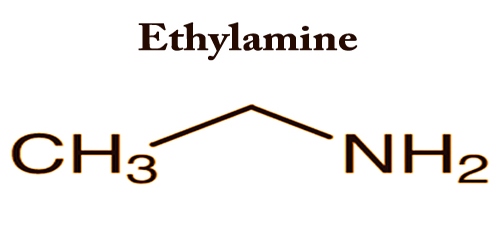Heat is the largest energy end-use and is a significant contributor to global CO2 emissions. Renewable heat is the generation of heat from sustainable resources. It is an application of renewable energy and it refers to the renewable generation of heat, rather than electrical power. Heat is primarily produced by fossil fuels and its production is responsible for nearly 40% of energy-related CO2 emissions, as well as locally contributing to air pollution problems. For all examples of Renewable Heat, the energy ultimately comes from the sun. The sun provides planet earth with more energy each hour than human civilization uses over a whole year. Renewable heat technologies include renewable biofuels, solar heating, geothermal heating, heat pumps, and heat exchangers to recover lost heat. Significant attention is also applied to insulation.
Renewable energy can play a key role in decarbonizing and providing a cleaner heat supply. Renewables can produce heat directly and indirectly. Many colder countries consume more energy for heating than electrical power. For example, in 2005 the United Kingdom consumed 354 TWh of electric power but had a heat requirement of 907 TWh, the majority of which (81%) was met using gas. The residential sector alone consumed a massive 550 TWh of energy for heating, mainly in the form of gas. Almost half of the final energy consumed in the UK (49%) was in the form of heat, of which 70% was used by households and in commercial and public buildings. Households used heat mainly for space heating (69%) and heating water.
The effective use of Renewable Heat requires three keys steps:
- Capture of heat – The most direct form of renewable heat capture is to collect the energy beamed down from the sun each day.
- Storage of heat – It is difficult to store heat energy, just as it is difficult to store electricity efficiently or cheaply.
- Release of heat – There are no technical problems in the release of hot water from insulated tanks for washing.
The relative competitiveness of renewable electricity and renewable heat depends on a nation’s approach to energy and environment policy. Renewable heat has seen some growth in recent years but at a much slower rate than renewable electricity. Few renewable technologies are competitive with fossil fuels without some form of carbon valuation or subsidy. In those countries, such as Sweden, Denmark, and Finland, where government intervention has been closest to a technology-neutral form of carbon valuation (i.e. carbon and energy taxes), renewable heat has played the leading role in a very substantial renewable contribution to final energy consumption. Policy intervention is needed to overcome barriers and has to be carefully designed to reflect specific national and local circumstances.
















